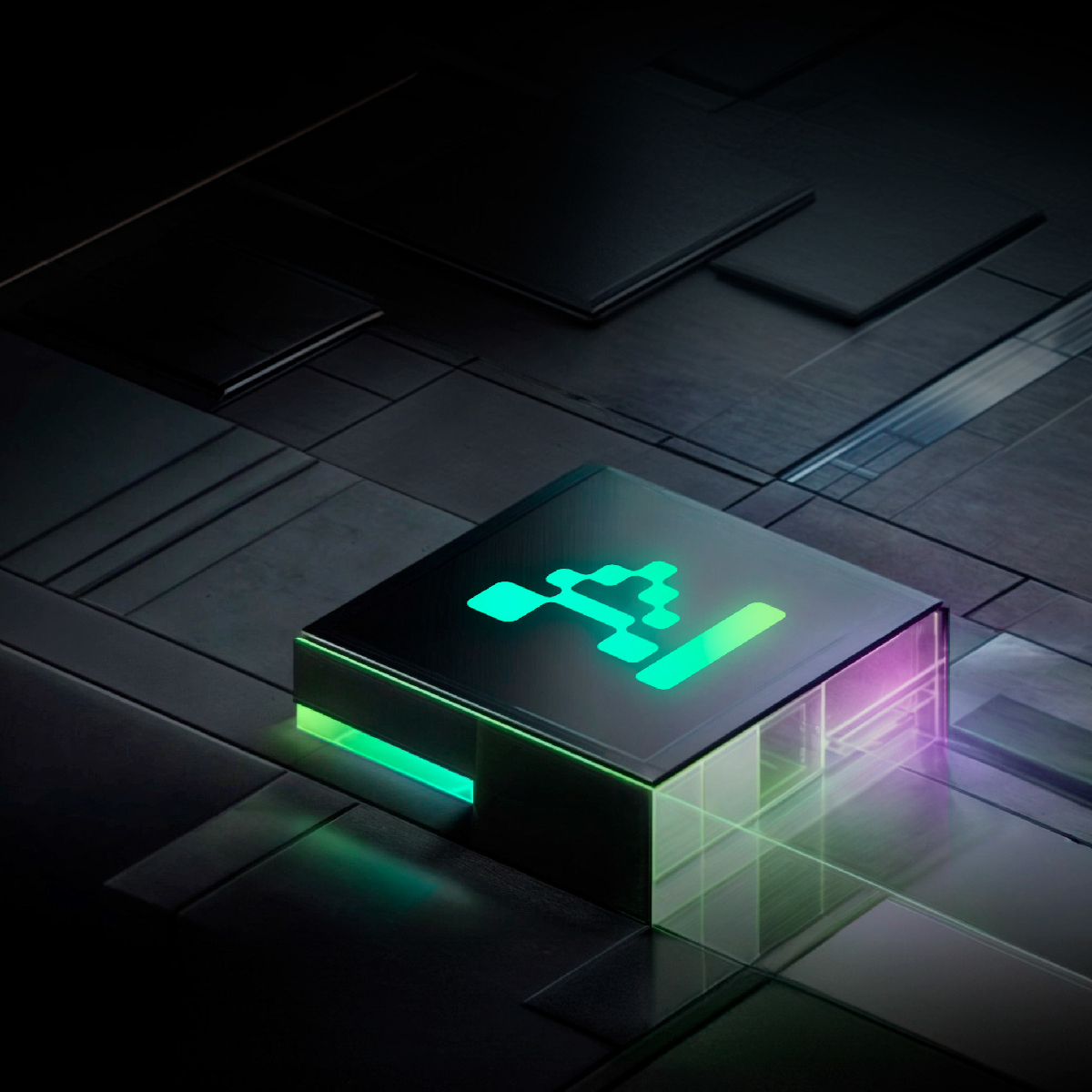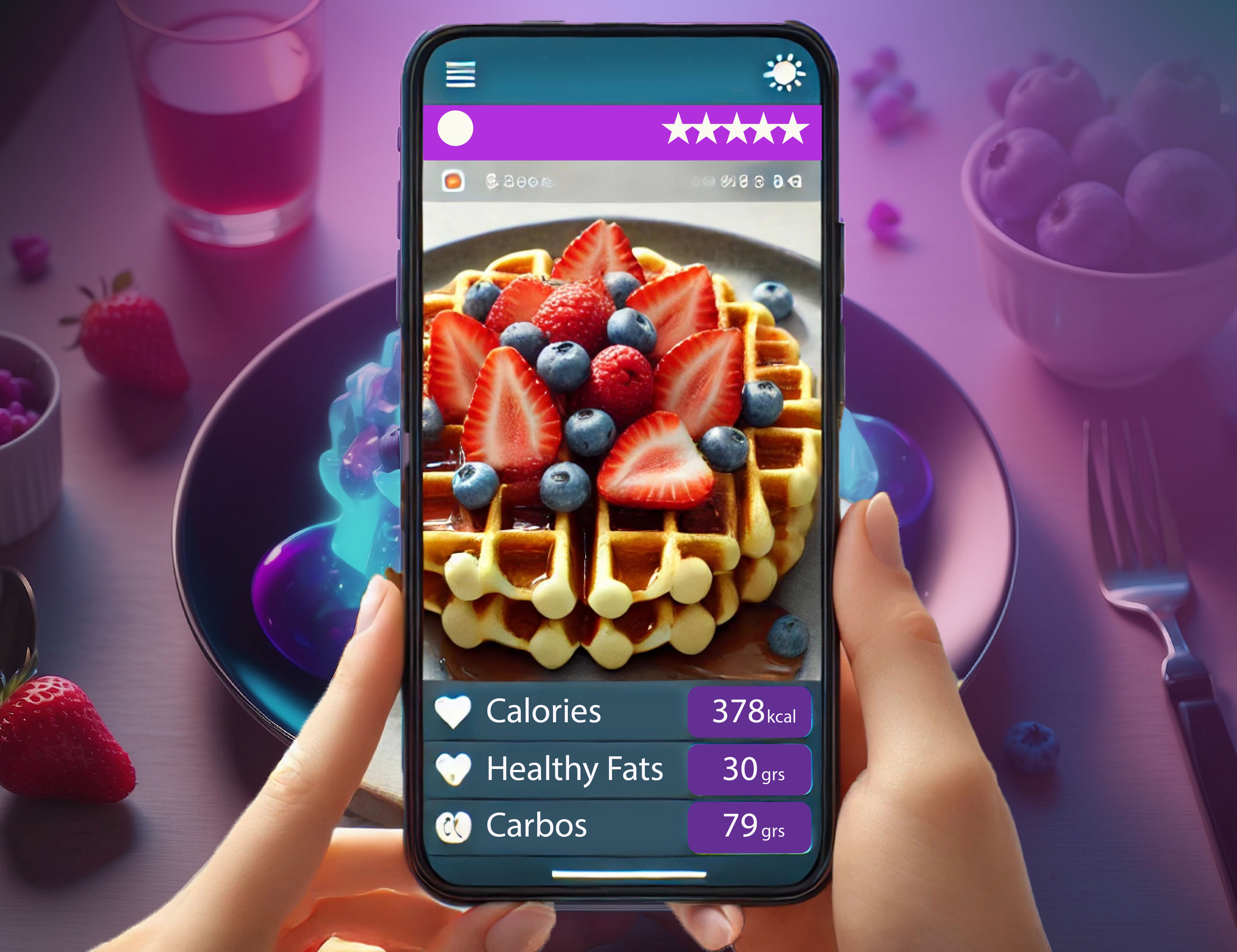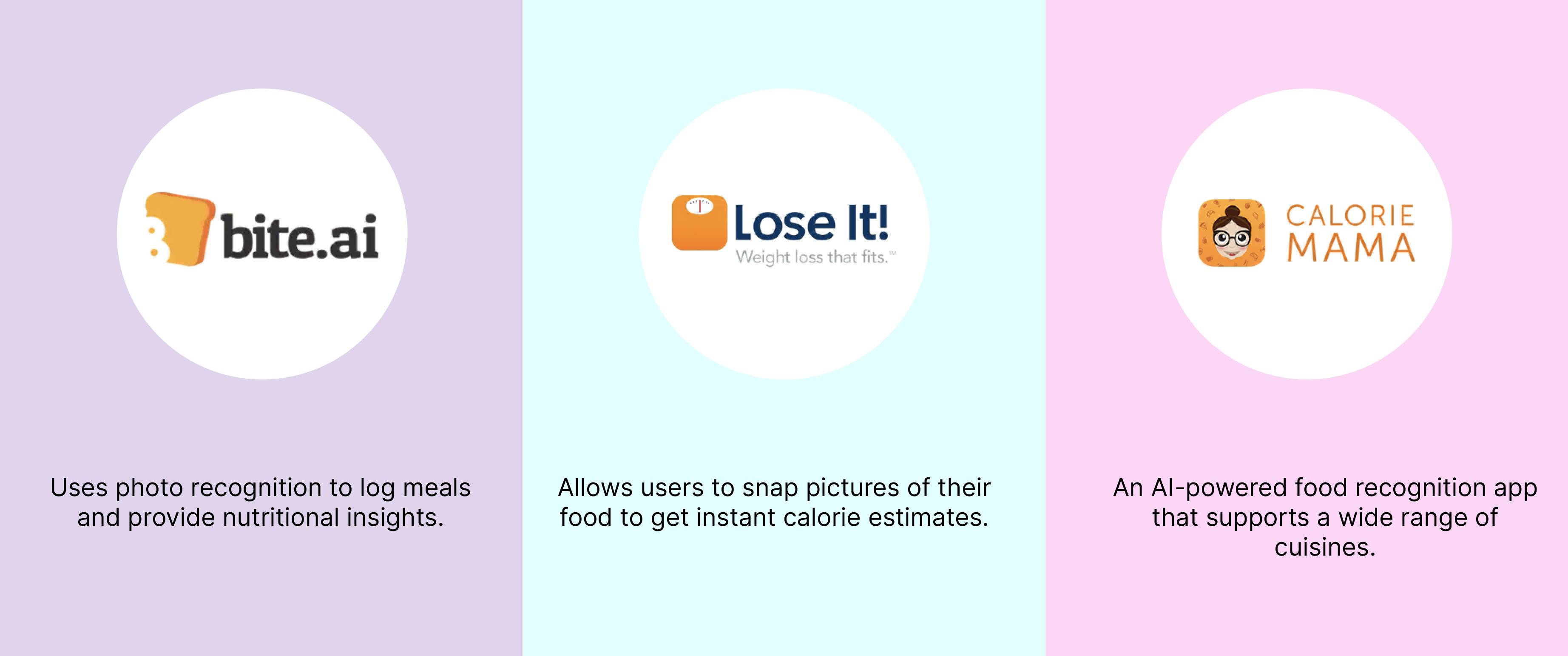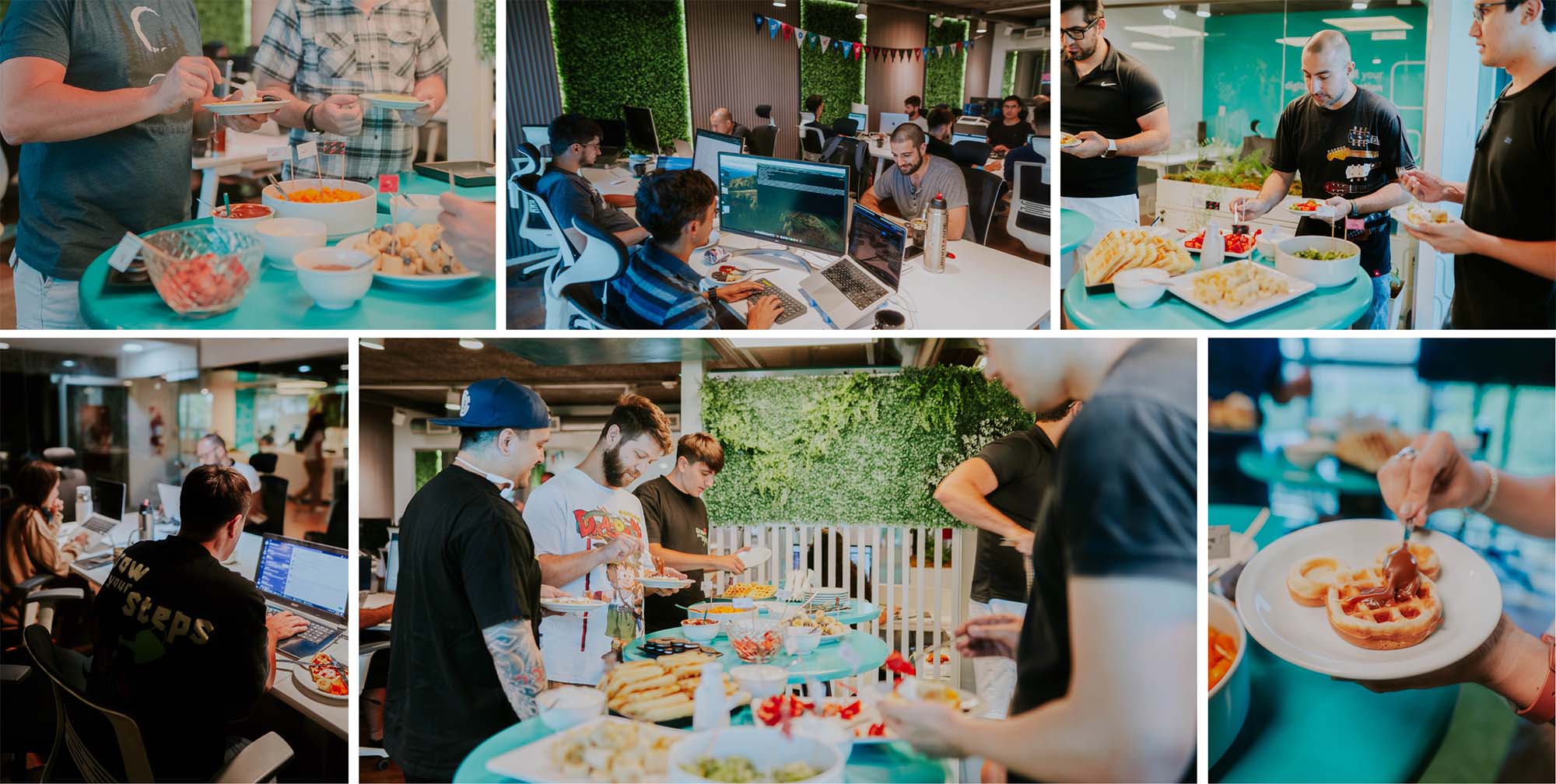Join our newsletter



Today at our office, we kicked off our Monday with a delicious waffle breakfast for all our employees! The office was filled with the amazing aroma and on the table we had delicious toppings —whipped cream, fresh fruits, maple syrup, and more. It was the perfect way to start the week, bringing people together smiling, and a boost of energy as well.
As we were enjoying our sweet waffles, it sparked an interesting discussion: How many calories are we actually consuming right now? And also, how could AI help us track our daily intake? We narrowed it down to a couple facts about artificial intelligence in calorie tracking.
At the heart of this revolution lies computer vision, a branch of AI that enables machines to “see” and interpret images. Here’s how AI analyzes a food photo and estimate its calorie content:
1. Image Recognition
AI algorithms are trained using millions of food images. When taking a photo of a meal, the AI identifies different food items based on features like shape, color, and texture. For example, it can distinguish between a slice of pepperoni pizza and a bowl of salad just by analyzing visual patterns.
2. Data Processing and Matching
Once the food items are recognized, the AI cross-references them with massive nutritional databases. These databases contain information about the average calorie content of different foods. The AI matches the meal with the closest data entries to provide an accurate calorie count.
3. Portion Size Estimation
One of the trickiest parts of calorie estimation is determining portion size. Advanced AI models use depth sensing and reference objects (like a plate or utensils) to estimate the volume of food. This helps in calculating whether you’re looking at 100 grams of rice or 250 grams—which can make a big difference in calorie counts.
With effortless tracking, people become more aware of what they consume. This mindfulness often leads to healthier choices without the overwhelming task of manual logging.
For personalized nutrition AI can analyze eating patterns over time and suggest personalized meal plans. Whether trying to lose weight, gain muscle, or manage a health condition, AI can give recommendations to fit those unique needs.
Imagine being at a restaurant, snapping a photo of your dish, and getting real-time feedback on how it fits into your daily calorie budget. This kind of instant insight can help people make better choices on the go.
Some AI tools even help plan meals based on the ingredients you have at home, reducing waste and promoting sustainable eating habits.
We listed three well known AI-powered apps and tools that are already making calorie tracking easier than ever. These tools not only estimate calories but also track macronutrients, vitamins, and even suggest healthier alternatives based on different dietary goals.

Artificial intelligence is not just changing how we count calories in the end; it's reshaping our entire relationship with food. By making calorie tracking effortless, personalized, and accurate, AI empowers people to make healthier choices without the stress and complexity of traditional methods and that is something we really value at our office. As this technology continues to evolve, it will play an even bigger role in helping us live healthier, more mindful lives.
We’d love for you to experience that same warm, welcoming vibe. So, why not come visit us sometime? Who knows, there might just be a fresh waffle waiting for you! Here are some fun moments from the morning.
